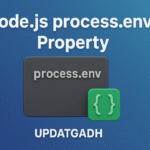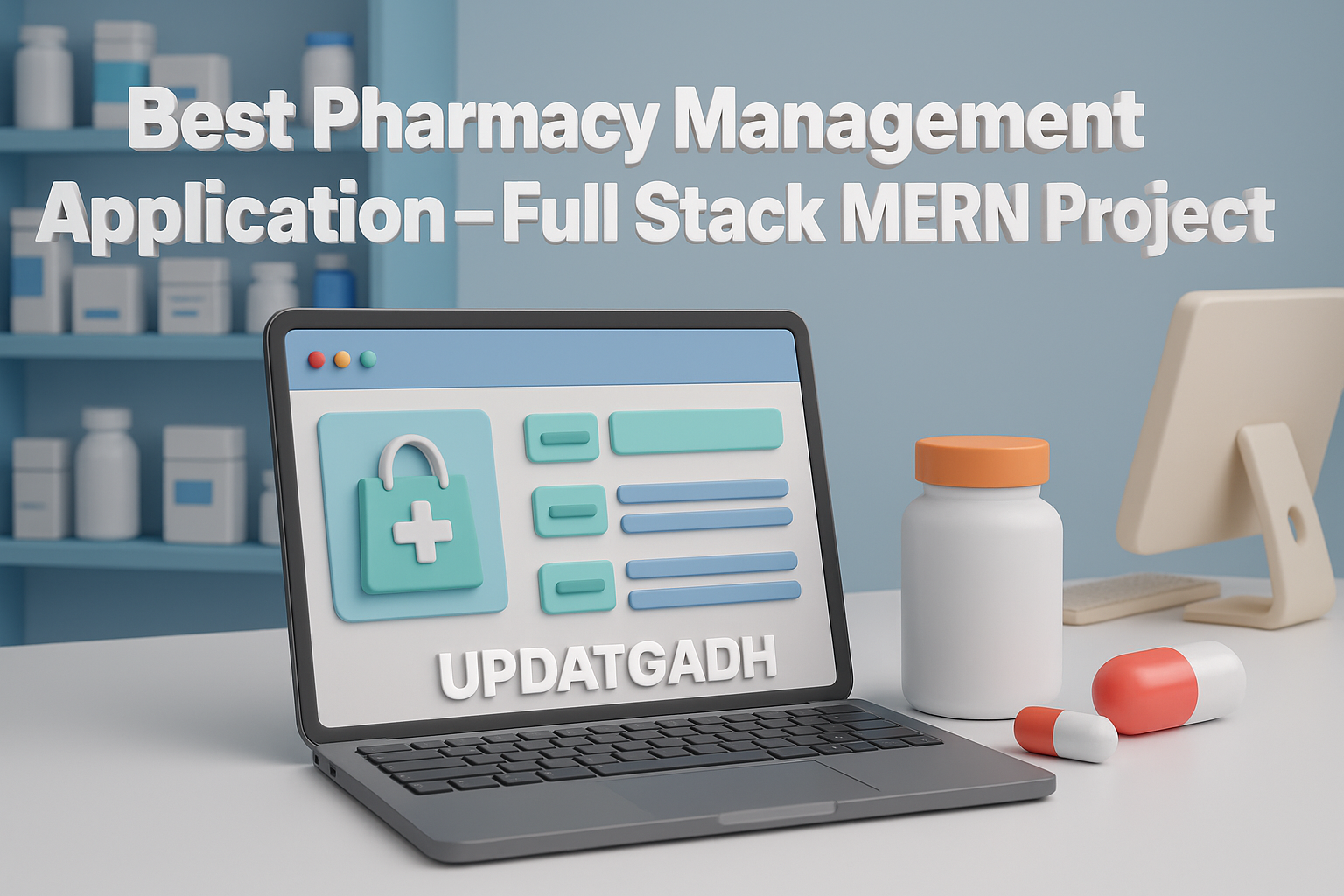
Best Weather app using Django – Python
Weather app using Django
A simple project on Weather app using Django – Python is developed using Python’s Django framework. It is designed to fetch real-time weather data for any city entered by the user. The project uses the OpenWeatherMap API to retrieve accurate and updated weather information such as temperature, humidity, pressure, and weather conditions.
This project is one of the most beginner-friendly Django applications to understand API integration, data rendering in templates, and user interaction through forms. Developed with a clean and responsive UI, it gives users a real-time weather dashboard built entirely with Django.
Best Final Year Project For Data Science :–Click Here
Project Overview
| Attribute | Details |
|---|---|
| Project Name | Django Weather App |
| Language/s Used | Python, HTML, CSS |
| Database | SQLite3 |
| Type | Web Application |
| Developer | UPDATEGADH |
Project Description
The Django Weather App allows users to check current weather details of any city worldwide. When the user types a city or country name and clicks “Search,” the app sends a request to the OpenWeatherMap API. It then processes the JSON response and displays readable weather data on the webpage.
The displayed details include:
- Temperature (in Celsius)
- Weather Description
- Pressure and Humidity
- Feels Like Temperature
- Maximum and Minimum Temperature
- Current Time of the searched location
The front-end interface is minimal and user-friendly, designed using Bootstrap for responsiveness. It focuses on simplicity, ensuring that even users with no technical background can use it effortlessly.
The back-end logic (written in Django) handles user requests, API communication, data extraction, and rendering results on the page dynamically.
Available Features
This Django project includes all the necessary functionalities required for a simple weather forecasting system. Here are the actual features available in the project:
Best Advanced Python Projects:-Click Here
- Search Weather by City/Country – Users can type any city or country name to view live weather details.
- Real-time Weather API Integration – The app uses OpenWeatherMap API to fetch live weather data in JSON format.
- Temperature Display – Displays temperature in Celsius along with “feels like” temperature.
- Weather Description and Icon – Shows the main weather condition such as “Clear,” “Cloudy,” “Rainy,” etc., and corresponding weather icons.
- Pressure and Humidity Details – Displays humidity percentage and pressure levels for the selected location.
- Dynamic Time Display – Shows the current time for the searched region using the
pytztimezone library. - Responsive User Interface – Designed using Bootstrap, ensuring the layout works well across devices.
- Clean and Simple Template Design – The interface focuses on clarity and ease of use without any complex navigation.
Project Structure Overview
Once extracted, the project structure looks like this:
Django-Weather-App/
│
├── manage.py
├── requirement.txt
├── Project/
│ ├── settings.py
│ ├── urls.py
│ └── wsgi.py
│
├── weather/
│ ├── views.py
│ ├── urls.py
│ ├── models.py
│ └── admin.py
│
├── templates/
│ └── index.html
│
└── static/
└── css/
└── main.css
This clear folder structure makes it easy for students to understand how Django separates logic (views), presentation (templates), and configuration (settings).
Download New Real Time Projects :–Click here
Installation Guide (For VS Code)
Follow these step-by-step instructions to set up and run the Django Weather App on your system using Visual Studio Code.
Step 1: Extract and Open the Project
Extract the project zip file into a folder and open that folder in VS Code.
Step 2: Create a Virtual Environment
Open the integrated terminal and create a virtual environment:
python -m venv venv
Activate the environment:
- For Windows:
venv\Scripts\activate - For macOS/Linux:
source venv/bin/activate
Step 3: Install Required Dependencies
Install all required packages listed in the requirement.txt file:
pip install -r requirement.txt
If requirement.txt is not available, you can manually install the core packages:
pip install django requests pytz
Step 4: Run Database Migrations
Before running the server, apply Django migrations to set up the database:
python manage.py migrate
Step 5: Run the Django Development Server
Start the development server using:
python manage.py runserver
Once started, open your web browser and go to:
http://127.0.0.1:8000/
You should now see the weather app running on your local server.
Usage
The Django Weather App is designed for easy usage, even for beginners. It does not include multiple user roles like “Admin,” “Donor,” or “Recipient.” Instead, it focuses purely on real-time weather lookup for end users.
Best Final Year Project For SPRINGBOOT:–Click Here
Here’s how it works step by step:
- User Interface Access
When the project runs, the user lands directly on the main search page (index.html). - Search Operation
A single input box allows the user to enter any city or country name.
After entering the name and clicking “Search,” Django processes the request. - Backend API Processing
Theviews.pyfile retrieves the city name from the form and sends a request to the OpenWeatherMap API using therequestslibrary.
Example URL used internally:http://api.openweathermap.org/data/2.5/weather?q={city_name}&appid={api_key} - Data Extraction
The API responds with JSON data. The app extracts relevant weather details like:- City Name
- Temperature
- Humidity
- Pressure
- Description
- Display on UI
All the extracted information is passed to the HTML template through Django’s context rendering and displayed in a structured, styled layout. - Real-time Clock Integration
The app uses Python’sdatetimeandpytzto show the current time of the selected location dynamically.
This flow ensures a complete understanding of user input → backend logic → API call → frontend rendering, which is essential for Django students learning full-stack development.
Why This Project Is Useful for Students
From a student’s point of view, the Django Weather App is one of the best beginner-level Django projects to understand how real-world web applications work with external APIs.
Here’s why this project is particularly beneficial for learners:
Best Final Year Project For JSP :- Click Here
- API Integration Learning
Students gain practical experience in integrating third-party APIs into Django projects using therequestslibrary. - JSON Handling
The project demonstrates how to parse JSON data and extract meaningful information for front-end display. - Template Rendering
Learners can see how Django templates dynamically render server-side data in a front-end interface. - Environment and Dependency Setup
The step-by-step process teaches students how to use virtual environments, install dependencies, and run Django servers properly. - Practical Real-Life Use Case
Weather applications are common in real life — from mobile apps to dashboards. Building one gives students exposure to how real data-driven apps function. - Beginner-Friendly Codebase
The code is clean, readable, and well-commented, which helps students understand each line and its purpose. - Foundation for Advanced Projects
Once students understand this project, they can extend it with additional features such as:- Storing user search history
- Displaying forecasts for multiple days
- Adding user authentication
- Integrating location-based weather fetching
Best Final Year Project For JAVA :- Click Here
By working on this project, students enhance their knowledge of Django’s MVC pattern, API calls, and basic front-end design — making it a strong foundation for advanced web development learning.
We have Best projects Available in all languages:–Click Here
django weather-app github weather forecast project using python django weather app using python project of weather app using django with introduction to conclusion dimensions project in 3 module using python django openweathermap django base project django simple program weather app using django python github weather app using django python free download free weather app using django python best weather app using django python django weather-app github weather app project in python django base project weather forecast project using python django django projects project of weather app using django with introduction to conclusion django fullstack project django full project tutorial django weather app project github django weather app project python django weather app project download django weather app project example









Post Comment